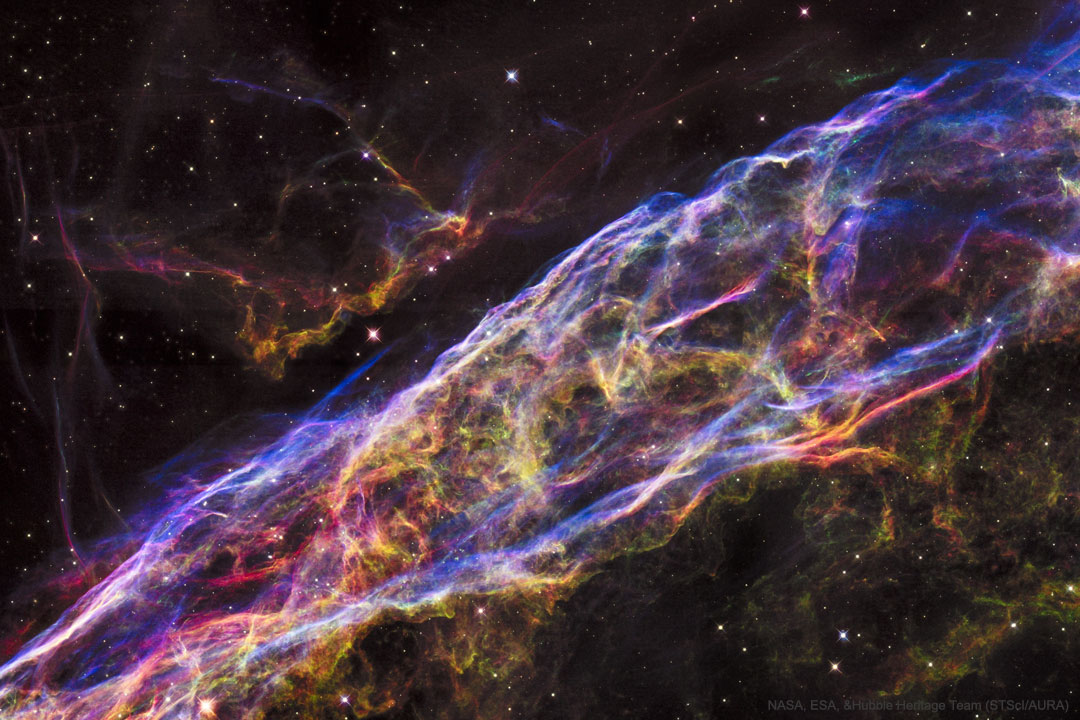The new superconducting crab cavities being assembled at CERN. These cavities will be used in the future High-Luminosity LHC to tilt the particle bunches before they collide. (Image: Jules Ordan/CERN)
Thanks to their amazing properties, superconductors have become a vital ally of particle physics. As well as using superconducting magnets to steer particles in the right direction, accelerators use superconducting cavities to accelerate them. During the EUCAS 2017 conference on superconductors and their applications, which is taking place this week in Geneva, many presentations are being made on this subject.
A radiofrequency accelerating cavity is basically a metal chamber in which electromagnetic waves generate an electrical field. As particles pass through the chamber, they receive an electrical impulse. Compared to traditional copper cavities, superconducting cavities generate very strong electrical fields. Those in the Large Hadron Collider (LHC), for example, generate an electrical field of 5 million volts per metre.
The first work on superconducting cavities for particle physics began in the 1960s. But it was not until the 1980s that they were actually used in an accelerator, an electron collider at Cornell University in the United States. Meanwhile, the designers working on the Large Electron-Positron Collider (LEP) at CERN were investigating the technology as a way of doubling the energy level of their machine. The 27-kilometre ring was fitted out with 280 such cavities, allowing the LEP to exceed 200 GeV in the 1990s. The LHC is equipped with similar cavities. The brand new XFEL synchrotron at the DESY laboratory in Germany is made up of no fewer than 800 accelerating cavities, which rely heavily on the work carried out in the 1990s by the TESLA collaboration.
Today, the development of new superconducting cavities continues, particularly at CERN, where so-called “crab cavities” are under development to tilt particle bunches before they collide in the High-Luminosity LHC. These cavities will help to maximise overlapping of the beams in order to increase the probability of collisions each time they meet, otherwise known as luminosity. At Fermilab, the Cornell Laboratory and SLAC in the United States, new coatings are also being studied to improve performance even further.
This text is based on the article entitled “Souped up RF”, which appeared in the September issue of the CERN Courier.
via CERN: Updates for the general public
http://home.cern/about/updates/2017/09/superconductors-boost-acceleration
